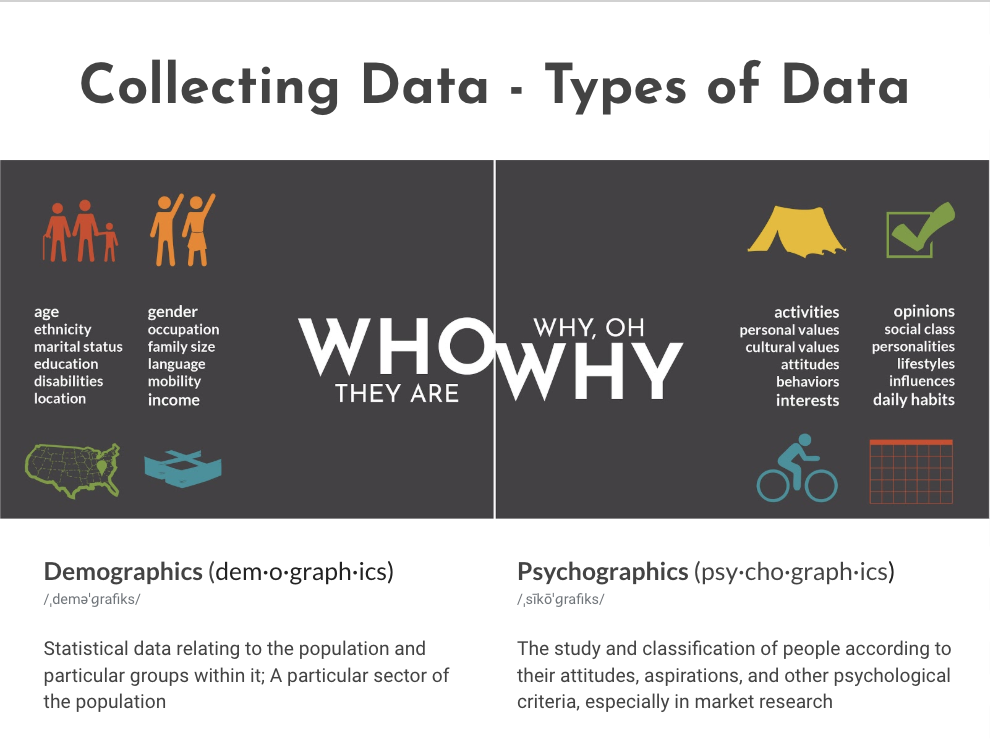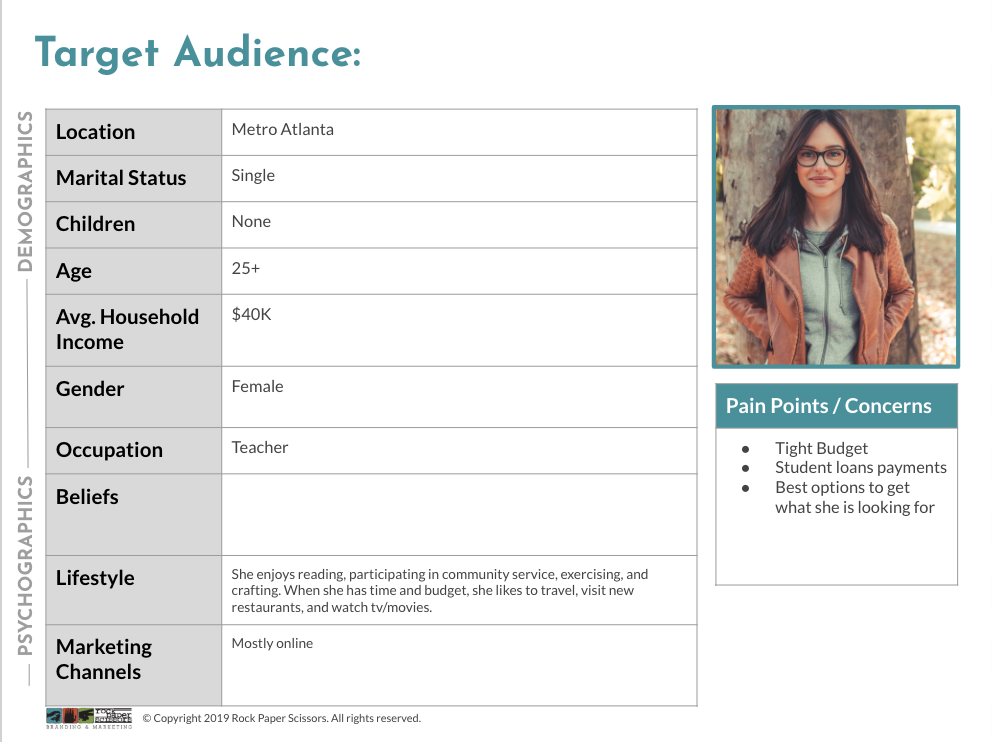Get to Know Your Audience Before You Start Talking
When was the last time you stopped to think about the audience you want to connect with? It’s not something that is typically top of mind, and in most cases, we think of it as a “Them vs. Us” mentality where your audience is considered a “them”: out there, unpredictable, and making your life harder. Now, think about what would happen if you changed the way you think about and view your audience?
It’s time to stop thinking about your audience as a “them” if you really want the message you’re sending to resonate with the intended group. After all, your audience is your reason for being so once you start viewing your audience that way, they are going to start giving you all the clues you need to serve them better. To start the process of converting “them” to an audience you love serving, the key is to start listening–getting feedback from donors, volunteers, and recipients. You can also conduct surveys and focus groups, as well as get feedback during board meetings.
In our current climate, it’s easy to make assumptions about your audience and assume you’re one of them. Your additional knowledge as a leader in your organization automatically gives you a different perspective, disqualifying you as an audience member. However, not all assumptions are bad, and are sometimes a great place to start when you are beginning to profile your audience. Assumptions and personal observations are a good place to start, but the goal is to build better solutions. The good news is there are tons of resources and technology available to help you learn even more about your audience so that over time you can shift away from assumption and to actual data. Now the big question is what to do with all of this information? We recommend creating audience profiles.
An audience profile is essentially a summary of the demographics and psychographics of the people in your current audience or the audience you are trying to reach, and are essentially stereotypes. You will likely have multiple profiles for your donors, volunteers, and recipients. Demographics include details like names, titles, zip codes, gender, age and education level, as well as business information like the business name, number of employees, and gross annual revenue. Psychographics get into the psychology of the person and are details such as a person’s hobbies or interests, personal values, and purchasing behaviors. All of these details help you direct and fine-tune your marketing and sales efforts because you:
— Gain understanding and perspective
— Narrow who you are speaking to
— Discover your connecting points
— And provide guidance

By learning and documenting this information, you are able to be more intentional about your marketing efforts so you’re better equipped to craft messages that will resonate. Now you might be thinking, “That sounds like a lot of work! Where am I going to find all this info?” Below are some pointers to get you on the right path:
1. Start with what you know and any hard facts you can contribute to your audience profiles.
2. If you don’t have data, work from assumptions.
3. If you still have gaps, start researching. Data collection can lead you down a rabbit hole, so it is okay to be a little “lazy” in your approach by using resources like the U.S. Census Bureau, American Fact Finder, and the Urban Institute plus any local or state governments and public and academic libraries.
As you are looking at the data, keep an eye out for trends that can help you group people into profiles. Then, you can prioritize your audiences into one of the following so you have an order of importance to work from as you get started on your messaging and marketing channels:
— Primary Audience(s): This is your most important target audience segment made up of the individuals or businesses you direct your marketing efforts toward that you expect to get the best results from.
— Secondary Audience(s): The people in these groups often have an influence on the members of your primary audience.
— Flanker Audience(s): While not your strongest audience segment, they are still providing enough value that you can justify targeting this group for future marketing efforts (EMyth).
With your audiences prioritized, you’re ready to create the profiles. As you are compiling each of the profiles, take some time to consider each group’s pain points to better understand their current perspective. Consider questions like:
— What are your audience’s concerns related to your product or service?
— What has happened in the past that has led your audience members to this point of concern?
— How does your product or service solve a need, pain, or make them feel good?
Now, you can start listing all this information out in a way that creates a quick snapshot of this character to help you personify your audience. Give each profile a title if that helps you think of your audiences as people rather than “them.” If you need a starting point, you can download our Audience Profile worksheet template to get started.

The better you know your audience, the easier it is to market to them, and we’ve found creating audience profiles is a great step in learning how you can more effectively communicate with your audience. Give it a try and let us know how it goes!
Need help creating your audience profiles? Email us at info@123shoot.com to request an Audience Profiles Workshop.
Want to try it on your own? Watch our audience personas webinar or check out our audience persona blogs.

